Taiwan is a veritable foodie paradise. Walk down any street in the country, and you’ll find something good to satisfy whatever craving you might have, and some you might not have known you had.
Here’s a look at a few local favorites from around Taiwan.
Stinky Tofu
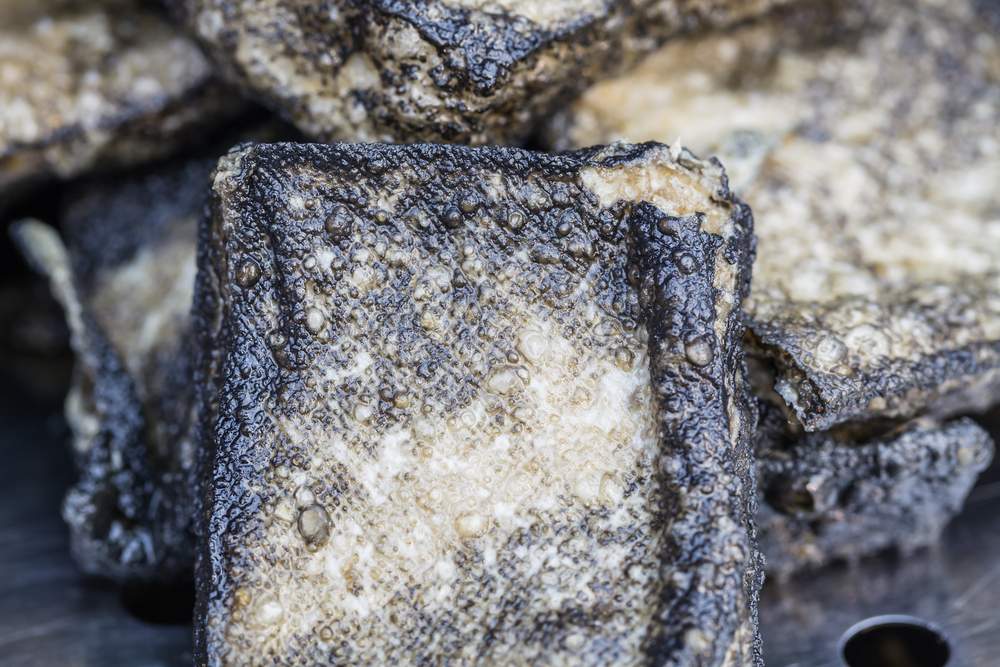
Fermented tofu. Yes, you read right. Stinky tofu, or cho dofu, as it’s called in Taiwan, is little more than fresh tofu that’s left in a prepared brine that can consist of some combination of fermented milk, vegetables, some kind of meat, dried shrimp, herbs, and some greens for a couple of days. The marinated two-day old tofu is then steamed, stewed, or fried, which is the most common way to enjoy this national treasure.
Where to Get It:
For the best stinky tofu in Taipei, head for the lanes of Tonghua Night Market in the city’s southeast end. Tonghua might not have the prestige or tourist appeal of its larger brethren such as Shilin Night Market, the biggest in the city, but it’s definitely the place to go for some fragrant fermented bean curd. On any given night, several vendors will have stalls set up, and all you have to do is follow your nose.
What the Locals Look For:
As the old saying in Taiwan goes, at least when it comes to stinky tofu, “the worse the smell, the better the taste.” Really, they actually say that. The greater the reek a local can withstand, the more Taiwanese they are, many Taiwanese contend. Vendors are forever competing to find new ways to invade the nostrils of the hungry night market – going public, so just shadow the locals as they trace those invisible scent trails to the most popular vendors, and get in line.
The Back Story:
As is the case with so many folk foods, it is generally believed that the origins of stinky tofu can be traced to what we might call a happy accident. During the Qing Dynasty, the government’s loss was our gain when a man named Wang Zi He failed the imperial exam and was forced to resort to selling tofu for a living.
One day, he had so much extra inventory that he left some of his product in a jar after cutting the tofu into small cubes. After a few days, he opened the jar and found the cubes had turned green and smelled, well, awful. For whatever reason, perhaps he was a masochist, Wang decided to try a cube, and found that it was delicious, thus stumbling upon a brand new and very smelly culinary tradition.
Beef Noodles
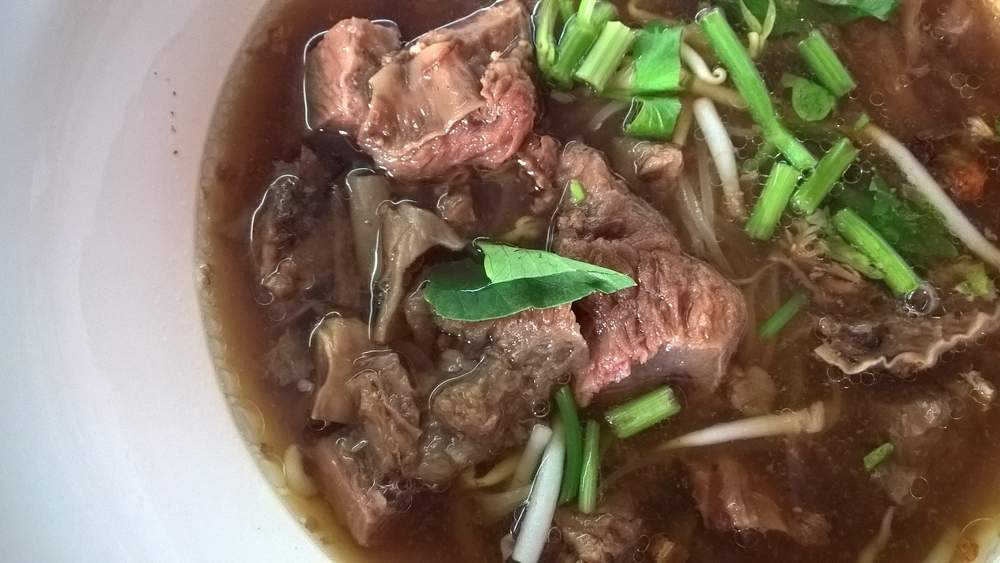
Stewed, braised, or red braised beef, beef broth, noodles and vegetables. Simple but effective, this flavorful combination of ingredients can be found all over Southeast Asia, but the Taiwanese have a special affinity for this dish, to the point where the city of Taipei has even introduced an entire festival dedicated to it. During the festival, one beef noodle vendor is crowned the best in the city, securing a place among the metropolis’s top foodie destinations for years to come.
Where to Get It:
This is a tough one, as the dish gives a whole new meaning to the word “ubiquitous.” Prices for a bowl can range from around NT$100 ($3.33USD) to a reported NT$10,000 ($333.66USD) if you’re looking for something ridiculously decadent. If you have some time on your hands, you might check out Jiao Tung’s book,
Taiwan’s Top Beef Noodles Restaurants, to point you in the right direction.
But for those on a budget who don’t want to sacrifice in the taste department, check out the family-run Hong Pai (Red Card) restaurant located down lane 210 on section two of Fuxing South Road, also the city’s southeast end. The renowned eatery may look simple, but there’s nothing simple about the fare, and at NT$120 ($4USD) for a generous bowl, you won’t be left unfulfilled.
What the Locals Look For:
Ask 100 Taiwanese this question and you’re bound to get 100 different answers, but it basically
comes down to three things: the broth, the noodles, and the beef (naturally).
- The broth should be rich and flavorful, not overly oily.
- The spiciness can vary from non-existent to firebrand hot, depending on preference.
- The noodles must be soft, but not overcooked, nor too hard.
- And the quality of the cuts of beef contribute greatly to the overall enjoyment, of course.
No one wants bits of overly chewy beef to turn their meal into an extreme mandible workout. Tender is the way to go, with just enough fat to release its natural flavoring into the boiling broth.
The Back Story:
The history of beef noodle soup can be traced back to the Hui people in China during the Tang Dynasty (618-907). But the red braised variety has its roots in Taiwan, where it was invented in Kaohsiung by veterans of the Chinese Civil War who had fled to the island after 1949.
Iron Eggs
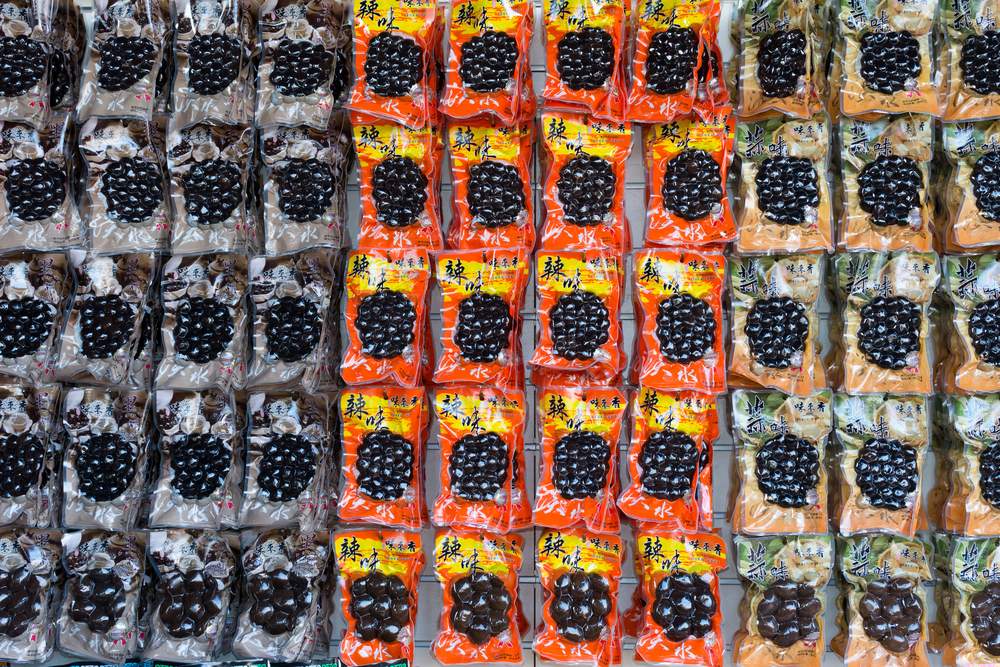
These chewy snacks, called tie dan in Mandarin, are chicken, quail, or pigeon eggs that undergo repeated stewings until they are much harder than your average hardboiled egg. At first the eggs are simply boiled, but then they are peeled and boiled again, and again, and again, in soy sauce or strong tea, and then air dried. Some are marinated, say in chili or garlic sauce, for extra flavoring.
Where to Get It:
For the best iron eggs, head straight to the source (more on that later), Danshui. This northernmost part of New Taipei City, the suburbs surrounding the city proper, is home to a charming boardwalk along the Danshui River at the point where it begins to widen, just before it empties out into the sea. Along the boardwalk, not far from the Danshui MRT stop, you’ll find several vendors selling vacuum-sealed packets of this local delicacy.
What the Locals Look For:
Some may prefer the flavored variety, but for most old school iron egg aficionados, the unflavored ones are definitely the way to go. By all means, try a few different flavors, but start with the purist variety first for a real taste of Taiwan’s past.
The Back Story:
Iron eggs came about in
Danshui at a time when it was a seaside town separate from Taipei—a place where dock hands sweat it out under the sweltering sun and looked to people like restaurateur Huang Zhangnian to fill their belly’s when the lunch bell rang. One day, Huang was experiencing a lull in business, and repeatedly had to recook his red-cooked eggs to keep them warm after removing them from their soy sauce broth.
This constant recooking and drying of the eggs resulted in the snack we know today, and was an instant hit with the workers of Danshui, helping Huang launch her famous Apo Tie Dan (Grandma’s Iron Eggs) brand.
Fried Chicken
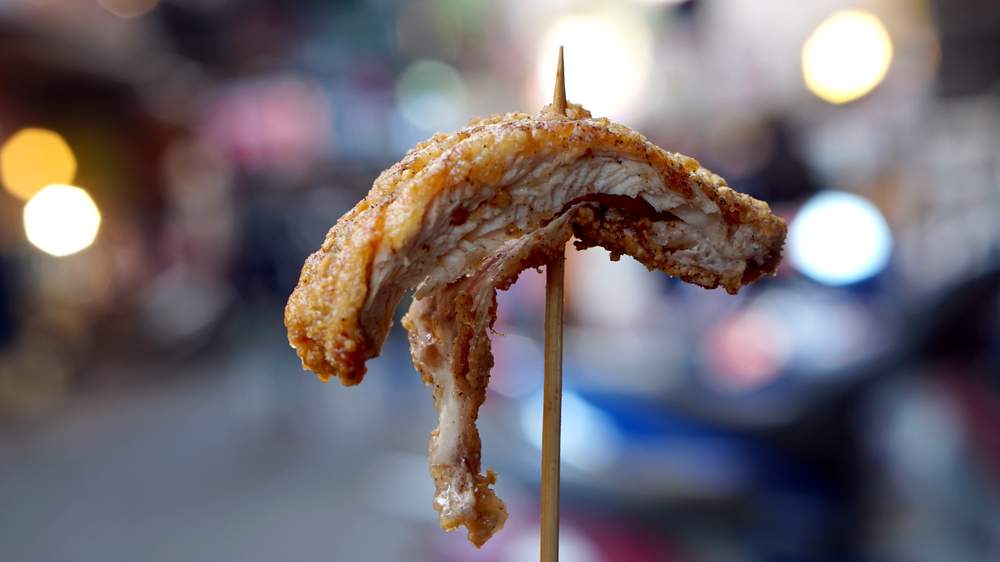
Though Taiwanese style fried chicken, called
ji pai, does have some similarities to its western counterpart, its flavor and slight differences in its preparation set it apart. But generally, the main ingredients, apart from the obvious chicken breast, are eggs along with flour or sweet potato starch.
The chicken breast is marinated in a mix of sugar, soy sauce, garlic, rice wine, and spices for an hour or more before being dipped in a bowl of beaten eggs and then coated in flour or sweet potato starch. Then it is deep fried until crisp, the skin taking on a yellowish-orange tinge, seasoned again, and it’s ready to go.
Where to Get It:
- Step 1: Touch down in any neighborhood in any town, city, village, or commune in Taiwan.
- Step 2: Hurl small to to medium-sized stone in any one of the following directions: North, South, East, West.
- Step 3: Find that said stone has invariably struck a roadside fried chicken vendor, and inquire within.
Legal Disclaimer: BootsnAll does not officially condone the hurling of stones in public areas, and is not in any way responsible for damage caused by stone-wielding readers in perpetuity throughout the know and unknown universe.
What the Locals Look For:
The people of Taiwan like a bit of sweetness to their fried chicken. Not overly sweet, but one bite is enough to tell that the Taiwanese have a bit of a sweet tooth at times, and like their fried chicken seasoning to reflect that taste.
The Back Story:
Fried chicken has been popular in Taiwan for decades, but in the early half of the 20th century, meat was a luxury that most families could only enjoy during Chinese New Year celebrations. The official Taiwan-style fried chicken boom happened sometime around the turn of the nineties, and has left a virtual army of vendors plying every night market, back alley, and corner around the country.
Shaved Ice
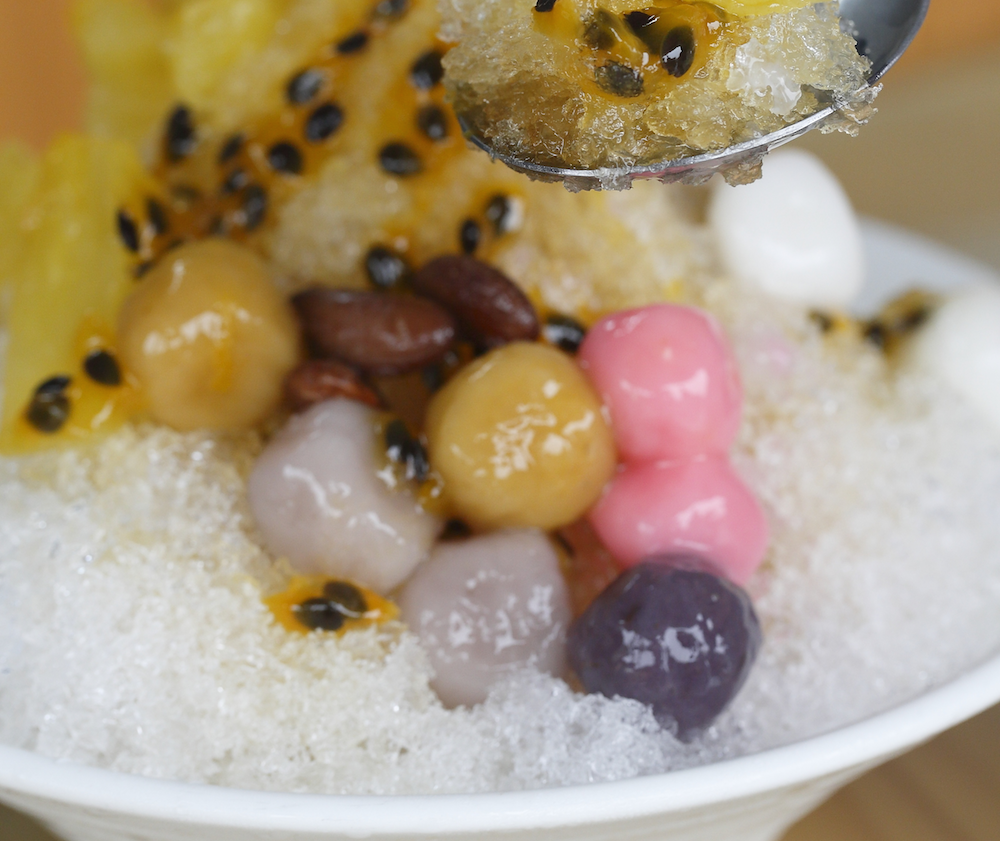
Shaved ice, or
tsua bing, is nothing short of a welcome dose of relief when the mercury routinely flirts with the 35 degree (95F) mark during the sweltering summer months in Taiwan. It’s made by shaving down blocks of ice, hence the name, using a machine that is essentially a whirling rotor blade.
The ultra-thin shavings are put in a bowl along with condensed milk, syrup, fruit toppings, taro, various sweet beans, sweetened peanuts, gelatin creations, and the list goes on. You can either select from a menu of pre-fab choices, or mix and match your own combination of ingredients.
Where to Get It:
The most popular place in Taiwan for shaved ice would have to be Ice Monster (formerly known as Bing Guan), on section four of Zhongxiao East Road in Taipei. It’s an extremely popular spot, so head there on a weekday if you can. On weekends, it tends to fill up quickly. If you’re not one for lines, then head for a night market such as Shilin, or the alleys of the Ximenting area, and pick out a vendor there. You can’t go wrong.
What the Locals Look For:
Shaved ice is subjective to individual tastes, but one thing most locals can agree on in the summer is mango shaved ice, a simple favorite. Freshly chopped blocks of mango, some condensed milk and syrup, and refreshingly cool ice. That’s all you need.
The Back Story:
Ice Monster, when it was known as
Bing Guan, actually used to be located on Yong Kang Street, in another part of town, an area filled with restaurants and eateries of all kinds. At the time, it was run by a husband and wife team, but when the marriage went south, the divorce left them with competing establishments right across the street from one another, the original and a similarly-named upstart.
Eventually, the husband decided to up stakes and take his establishment to a different part of the city, far enough away from his former betrothed.
Xiao Long Bao
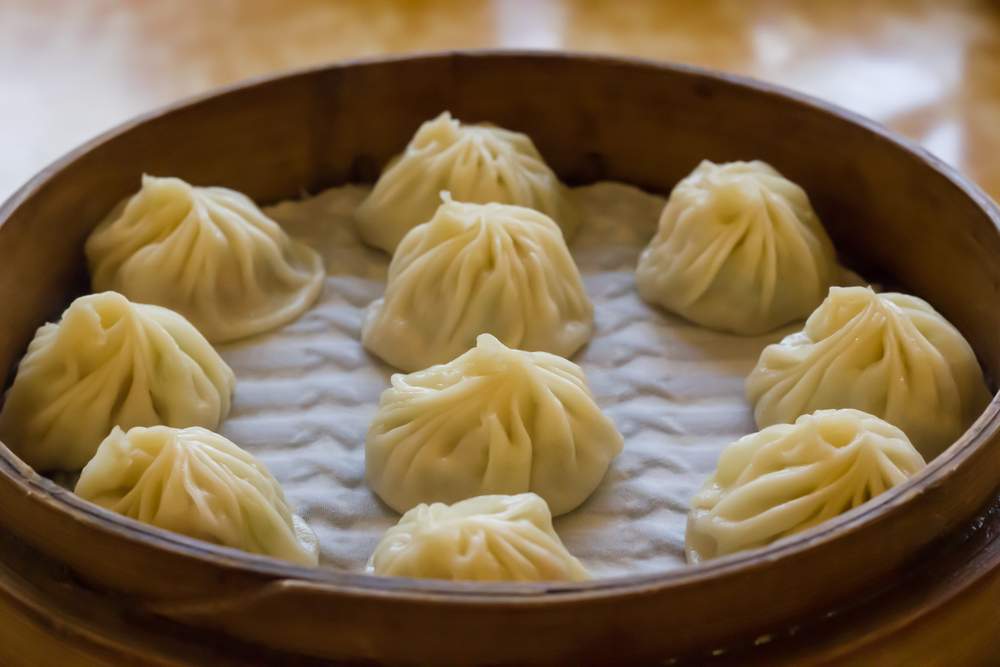
Though the name translates to “small basked bun,” xiao long bao look very similar to soup dumplings. However, they are not actually considered dumplings in Taiwan. But enough arguing semantics. The bun itself is made using raised flour, and the filling is usually pork meat, though this can vary to include seafood or vegetables. Xiao long bao, which are steam cooked, are always served in the small bamboo baskets for which they are named.
Where to Get It:
If you want to dine somewhere famous, you can try
Ding Tai Feng in Taipei’s
Xinyi District. This chain, with a history going back to the early eighties, boasts locations throughout Taiwan and around Asia, the U.S., and Australia, and is widely regarded as having
the best xiao long bao in the country, and some even say the world.
Another big name in the xiao long bao game is Dian Shui Luo on Zhongxiao East Road in Taipei. It might not have the history of Din Tai Feng, but it did take home the top honors in an online poll last year in which over 650,000 people voted online for their favorite place to get “small basket buns.” Ding Tai Feng, incidentally, was the runner up.
What the Locals Look For:
A thin wrapper, thin enough to melt in your mouth, yet sturdy enough not to fall apart when picked up with a pair of chopsticks. A rich sauce within is also key.
The Back Story:
Xiao long bao were first prepared in the
Jiading District of Shanghai over a century ago, where they were sold out of a place called
Nanxiang Bun Shop, right next to
Guyi Garden.
Once word got out, xiao long bao spread throughout China and eventually around the world. The founder of Ding Tai Feng, a Chinese immigrant to Taiwan named Yang Bing-Yi, started his now world-famous restaurant after spending decades in the cooking oil business.
Oyster Omelet

Many of these dishes famous throughout Taiwan have their origins in China, but
this one is a true Taiwan original. This Taiwanese take on the omelet includes small oysters and some potato starch to thicken up the egg batter.
Other ingredients might include spring onions, which are quite common, sugar, sweet chilies, and even peanut butter or peanut powder, though this list will vary from vendor to vendor. The mix is fried up using pork lard, and once it’s cooked, either soy, tomato, or chili sauce is added, or a combination, for a little extra flavor.
Where to Get It:
For the finest in oyster omelets check out a place called Lai Chi in Ning Shia Night Market in Taipei. It doesn’t look like much from the outside, just another hole-in-the-wall spot, really, but its oyster omelets are famous island-wide. And don’t worry if you can’t order in Chinese. The menu above the order counter has plenty of big color pictures for the Mandarin-challenged to point at.
What the Locals Look For:
Where most oyster omelet providers vary is in their sauce, so that’s what the discerning local might look at when choosing where to chow down. However, when dealing with oysters, size and freshness will always be priority number one. We all know what happens when you eat a bad oyster, and it isn’t pretty.
The Back Story:
Oyster omelets were a dish born of necessity in Taiwan. Oysters once grew wild along the western coast of the main island. With meat and rice being expensive luxuries many could ill afford in decades past, these oysters were a welcome source of protein.
A farming family’s eggs, meanwhile, were made to last a bit longer by thickening them up with a little sweet potato. The resulting combination was a cheap, protein-rich, and delicious meal for those who didn’t have much in the way of a food budget, making the oyster omelet a sentimental as well as a culinary favorite.
Pig Blood Cake
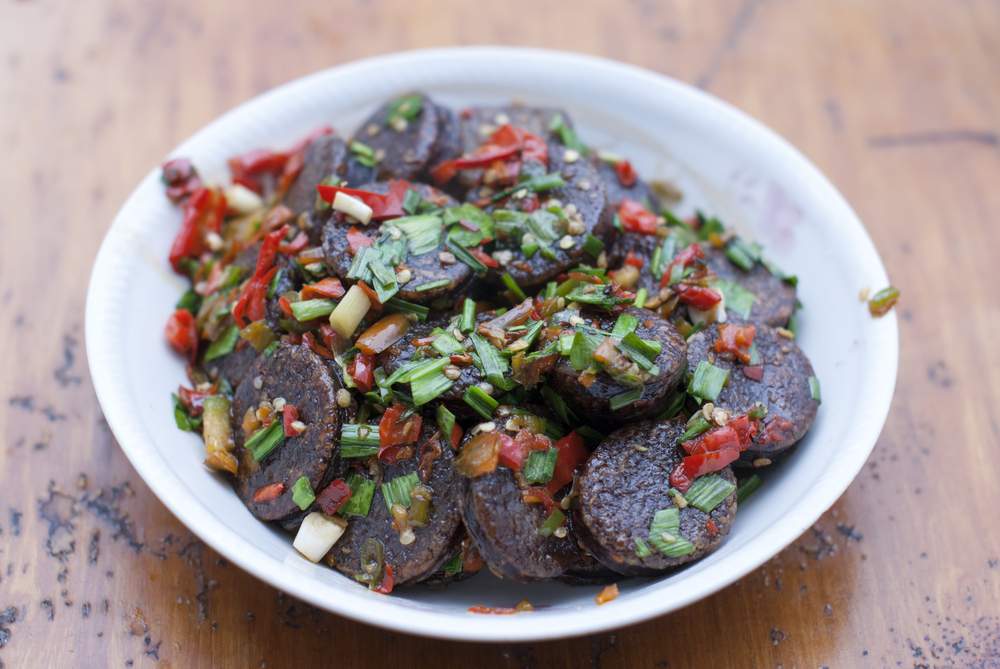
Not a cake, in the “happy birthday to you” sense, pig blood cake is street food, usually served on a stick, consisting of glutinous rice and pig blood that’s steamed, boiled, deep fried, or braised. The finished product, served in rectangular portions, is then coated in pork soy broth, peanut powder, and garnished with cilantro.
Where to Get It:
This night market staple is up their with fried chicken and beef noodles in terms of ubiquity, and is as much a part of national cuisine pride as cho dofu, so the options are virtually limitless. It’s a total certainty pig blood cake will be found in any night market throughout Taiwan. In the south of the country, duck blood is sometimes used in place of the swine variety.
What the Locals Look For:
Taiwanese like their pig blood cake firm and chewy, not unlike a popular dessert also made using glutinous rice known as moichi. This is another delicacy where the sweetness so prevalent in many Taiwanese snacks, courtesy of the peanut powder, interplays nicely with the cilantro and pork notes, a much beloved combination throughout Taiwan.
The Back Story:
Rice cakes made with coagulated blood as the main ingredient are believed to have originated in southern China, and it was immigrants from Fujian province, where many Taiwanese can trace their ancestry, who first brought it over following WWII.
At that time, many would show up at a slaughterhouse in Taipei’s Dadaocheng District, and believing it to be highly nutritious, ask for the pig’s blood that otherwise would have gone to waste. They then proceeded to use the blood to make the snack so many love today.
Gua Bao
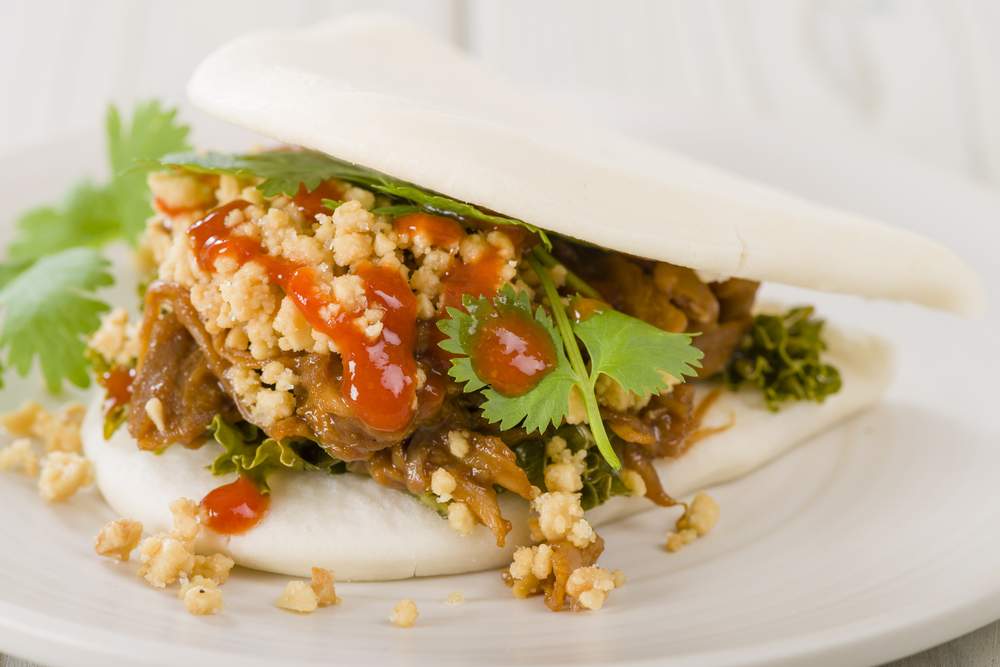
Another relatively simple but incredibly effective dish, a gua bao, or guo bao as the name is sometimes spelled in English, is basically a Taiwanese hamburger, or more like a slider. A fluffy white, semi-sweet steamed bun houses a cut of pork belly or tongue, crushed peanuts, pickled cabbage, and cilantro.
Where to Get It:
This is a snack best enjoyed, as many great foods are, from the cart of a street vendor, or small mom and pop operation. The southern city, and former capital, of Tainan is well-known for its gua bao. Try the Hua Yuan Night Market, the largest in town, or if you’re feeling peckish during the day, try A-Song Steamed Sandwich on Guo Hwa Street. Gua bao have also developed quite a following in trendy eateries in major cities in the U.S. and Canada within the past few years, so even if you can’t make it to Taiwan, you could still have the chance to try one, or three.
What the Locals Look For:
Fat isn’t good for you, we know this, but it makes for a damn good gua bao. Fatty meat provides the best flavor, as long as it’s not too greasy, and a bit of tanginess goes a long way too. However, in this health-conscious time of ours, vendors are now offering leaner meat for today’s gua bao connoisseur on the go.
The Back Story:
“Bao” actually means “wallet” in Mandarin, and the name comes from the fact that the bun kind of looks like a wallet, and the pork the money within. That’s why people began eating gua bao at company Chinese New Year Parties, or “Wei Ya,” in order to bring good fortune for the business in the coming annum. Gua bao originated in the Fuzhou area of China, and immigrants adapted their original version to suit the tastes of the local Taiwanese when they brought them over.
Ba Wan

Ba Wan means “meat sphere,” and is basically a disc of semi-translucent, jelly-like dough wrapped around mushrooms, bamboo shoots, and pork. They are boiled in oil, and served hot or cold in a sauce that can be sweet, salty, or spicy, depending on what you’re in the mood for.
Where to Get It:
Ba wan are another national dish of Taiwan, and have spread to every corner, but the best can be found in Changhua City. Try A-Chang Ba Wan on Chong An Street, a large and popular establishment that specializes in the dish.
What the Locals Look For:
The meat inside should be tangy, while the outer disc should be al dente (that’s firm,but not too hard). Ba wan are actually boiled in pure oil at a lower temperature than that involved in deep frying, so as not to make them too greasy. A quality sauce, slightly tangy and a bit sweet, is also key.
The Back Story:
This is another
treat Taiwan can well and truly call its own, with
ba wan having originated in
Changhua County in the central region of the country during the late Qing Dynasty (1644-1912). At first,
ba wan were made without any filling, but gradually the savory ingredients now found within were added, and
today you can tell exactly where you are in Taiwan by what’s inside your ba wan and how it is served.
In the north, vendors tend to use mostly pork and shredded bamboo shoots, and the ba wan is cut open for the customer. In the south, by contrast, the bamboo shoots are cubed, and the ba wan is left uncut to lock in the mingling flavors for a longer period of time.
Adding Taiwan to Your RTW Trip
If this articles has made your mouth water and has you dreaming of hopping on a plane to Taiwan, consider adding it to your longer, round the world trip. Check out the trip below that has Taiwan as a stop on a multi-stop trip. As always with any trip on Indie, you can completely customize it to make it your own. Simply
register for a free account and build your dream trip!
For more on travel to Taiwan, check out the following resources and articles:











